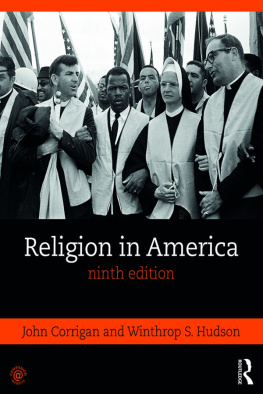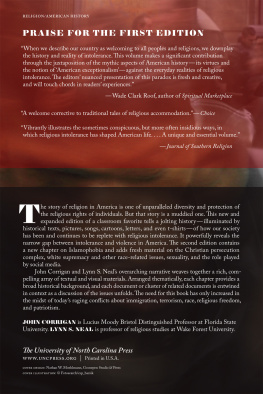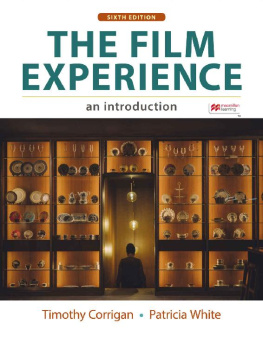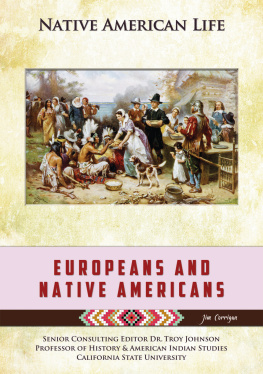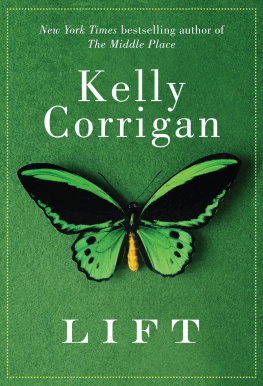2017 University of South Carolina
Published by the University of South Carolina Press
Columbia, South Carolina 29208
www.sc.edu/uscpress
26 25 24 23 22 21 20 19 18 17
10 9 8 7 6 5 4 3 2 1
Library of Congress Cataloging-in-Publication Data can be found at http://catalog.loc.gov/
ISBN 978-1-61117-796-1 (hardcover)
ISBN 978-1-61117-797-8 (ebook)
ACKNOWLEDGMENTS

I gratefully acknowledge the support of the National Endowment for the Humanities, Florida State University, Indiana UniversityPurdue University Indianapolis, and the Virtual Center for Spatial Humanities. Thanks to Molly Reed for assistance organizing gatherings of the Working Group on Religion and Space in the Atlantic World, Shawntel Ensminger for editing assistance, and John Crow for drawing maps. It has been a pleasure to work with Jim Denton and Linda Fogle at the University of South Carolina Press and an honor to have this book included in the presss Atlantic World list. David Bodenhamer and Trevor Harris, as always, offered invaluable criticisms and suggestions from the beginning. I thank three anonymous readers, whose critically astute, detailed suggestions helped me improve the introduction and guided other contributors in their revisions. I also thank Edward Blum, Bret Carroll, Yvonne Chireau, Edward Gray, Paul Harvey, Sylvester Johnson, Tracy Leavelle, Darrin McMahon, and Amanda Porterfield for their readings of parts of the manuscript and/or their conversation in helping me think through an assortment of issues addressed in this book.
INTRODUCTION

A t a banquet in ancient Thessaly, the Greek poet Simonides of Ceos (556468 .B.C.) chanted a lyric to a roomful of celebrants during a dinner convened to honor their host, Scopas. According to Greek storytellers, when Simonides stepped outside a short time later, the roof of the house collapsed, all were killed, and the bodies were crushed beyond recognition. Called upon to help identify the victims, Simonides subsequently was able to name the dead by recalling the places they had sat at the table. His method of loci, later referred to as the memory palace, was reported by Cicero: He inferred that persons desiring to train this faculty (of memory) must select places and form mental images of the things they wish to remember and store those images in the places, so that the order of the places will preserve the order of the things, and the images of the things will denote the things themselves, and we shall employ the places and images respectively as a wax writing-tablet and the letters written on it.
The relationship between memory and location discussed by Cicero, Quintilian, and other ancients, and exploited in the academic practice of memorization in medieval Europe, has been investigated recently by researchers who have begun to refer to spatial learning as an aspect of human brain activity located largely in the hippocampus. Spatial thinking is not a sideline to other kinds of thinking but is closely interwoven with them, playing a crucial role in the human practice of world-making through the mental production, organization, archiving, and alteration of knowledge.
To think spatially as a historian or academic humanist is to take seriously the degree to which persons experience of space influences the manner in which they make sense of their lives. Over the course of the past few decades, researchers in various disciplines have made strong contributions to our understanding of how space is constructed in culture. We have learned much about the ways in which cultural boundaries are established, contested, and erased; how power has spatial referents; how our engagement of the spaces of everyday life shapes our lives in unexpected fashion; and how the territories of body, society, and nation can be reimagined. Such research has proven fundamental to the work of many historians. At the same time it has had the effect of distracting us from thinking more seriously about the manner in which our engagement of physical spacein the sense of Euclidean space, within which we as embodied individuals are situatedinfluences our lives. In the last decade or so, scholarship has begun to reassess the importance of physical space and to estimate how our lives within it are recognizably wrought.
As scholars increasingly have turned their attention to geographic space, a promising avenue of historical investigation is developing at the intersection of (1) research that focuses on the cultural construction of space and (2) studies that stress the direct influence of natural and built physical environments on human lives. From the former we can glean insight into how space is conceived in ways that represent cultural ideals and social predicaments, and from the latter we can learn to appreciate how a coastline, mountain range, piazza, skyscraper, or vast desert set terms for how persons think about their lives and direct their behavior. Spatial thinking joins an awareness of physical environment to culturally derived notions of space as a mirror of social order and power. Such an approach blends attentiveness to what the seating places at Scopass table reveal about social status, emotional relationships, and religious and political traditions with judgments about the relation of actors to the physical environment.
Research that is attentive to spatiality, then, recognizes the cultural construction of space while remaining wary of taking such constructions as accurate diagrams of physical environmenta virtue historically modeled by Copernicus. A spatial humanitiesspatially conditioned. The experience of place and the mental images we locate there build, as Cicero observed, a story of our lives, as we employ the places and images respectively as a wax writing-tablet and the letters written on it.
The Space of the Atlantic World
The Atlantic world as a space defined by four continents and the ocean they share has proven a useful prompt for historians whose interests were not well served by previous historiography. Over several decades the notion of an Atlantic world has grown to include research about colonialism and empire, large-scale migration, networks of commerce, the interplay of ideologies, cultural hybridities, and resistance and revolution.and shore, mountain and valley, and the ordering of spaces given in mythologies were all matters of deep background everywhere in the Atlantic world. Such classification and regulation of space was also subject to change, but that change proceeded less rapidly.


 AND THE
AND THE 





